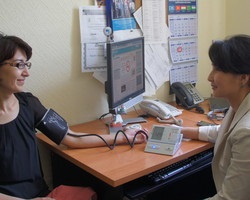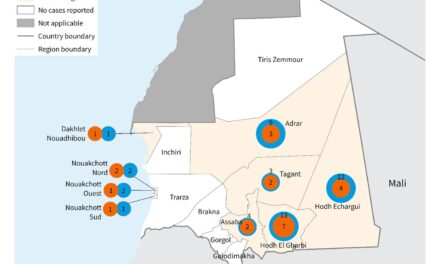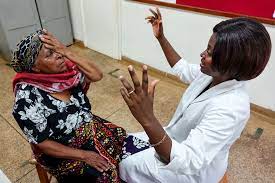A recent study published in Hypertension suggests that South Asian and East Asian adults living in the United Kingdom develop high blood pressure (BP) at different rates and ages, highlighting significant differences in cardiovascular health risks among these populations.
Distinct Blood Pressure Trajectories
The research analyzed health records of over 3,400 adults from the UK Biobank who self-identified as South Asian or East Asian. Findings revealed that South Asian adults tend to experience earlier and faster increases in blood pressure compared to their East Asian counterparts.
- At age 30, South Asian men had an average systolic BP of 124.9 mmHg, while South Asian women had 107.4 mmHg. In comparison, East Asian men and women had slightly lower average readings of 120.7 mmHg and 105.7 mmHg, respectively.
- South Asian men were projected to reach 130 mmHg—classified as high BP—10 years earlier than East Asian men (36 vs. 46 years). Similarly, South Asian women reached this threshold seven years earlier than East Asian women (45 vs. 52 years).
- The combined projection for South Asian adults to reach 130 mmHg was 40 years, compared to 49 years for East Asians—a nine-year difference.
Cardiovascular Disease Risks
These blood pressure differences were linked to varying risks of cardiovascular disease (CVD):
- Early adulthood high BP was strongly associated with increased lifetime CVD risks in South Asians.
- Midlife high BP in East Asians significantly raised the likelihood of atherosclerotic cardiovascular disease (ASCVD) and stroke.
- Higher diastolic BP in young adulthood increased the risk of peripheral artery disease in South Asian adults.
Importance of Tailored Care
Lead author So Mi Jemma Cho, Ph.D., emphasized the importance of personalized healthcare approaches: “The commonly used ‘Asian’ category obscures critical health differences. Recognizing these disparities is crucial for improving prevention and treatment strategies.” Senior author Pradeep Natarajan, M.D., echoed this sentiment, advocating for tailored BP screenings and interventions to address the unique needs of different Asian subpopulations.
Study Background
The UK Biobank study included 3,453 participants (3,077 South Asians and 376 East Asians) aged 40–69 at enrollment (2006–2010). South Asian adults exhibited higher BP readings, were three times more likely to use antihypertensive medication, and had greater body mass index (BMI) than East Asians. Additionally, South Asians had a fourfold higher lifetime incidence of heart disease caused by blocked arteries.
Implications and Future Research
These findings underscore the need for further investigation into the interplay of genetic and social factors influencing hypertension in Asian populations. Nilay S. Shah, M.D., M.P.H., of Northwestern University, noted that “the study highlights how cardiovascular risk factors are not uniformly experienced across Asian subgroups. Future research must explore both biological and social determinants of health to enhance prevention and treatment strategies.”
Disclaimer
This article is based on findings from the study published in Hypertension and does not provide medical advice. Individuals concerned about their cardiovascular health should consult a healthcare professional.











